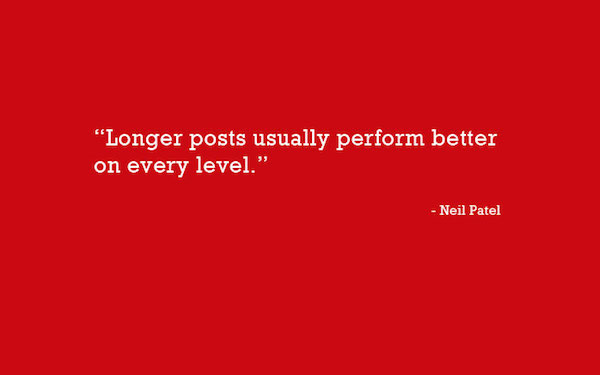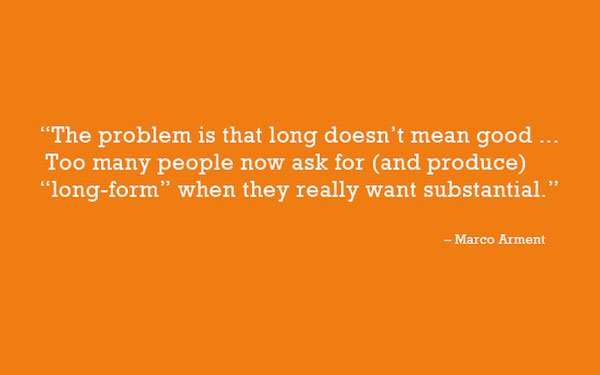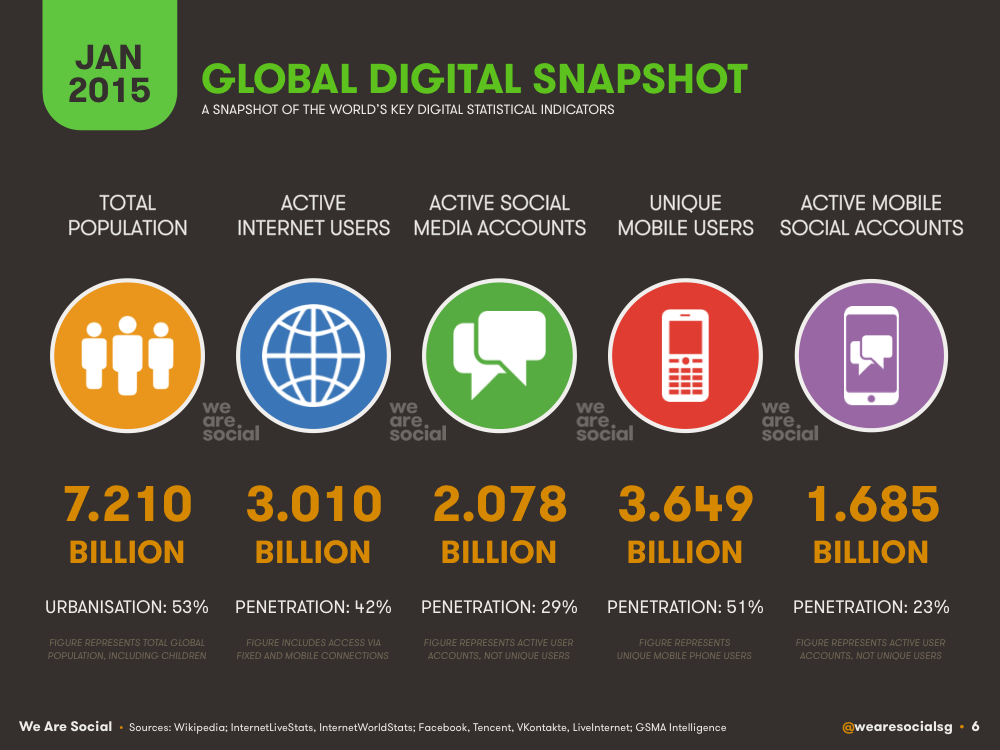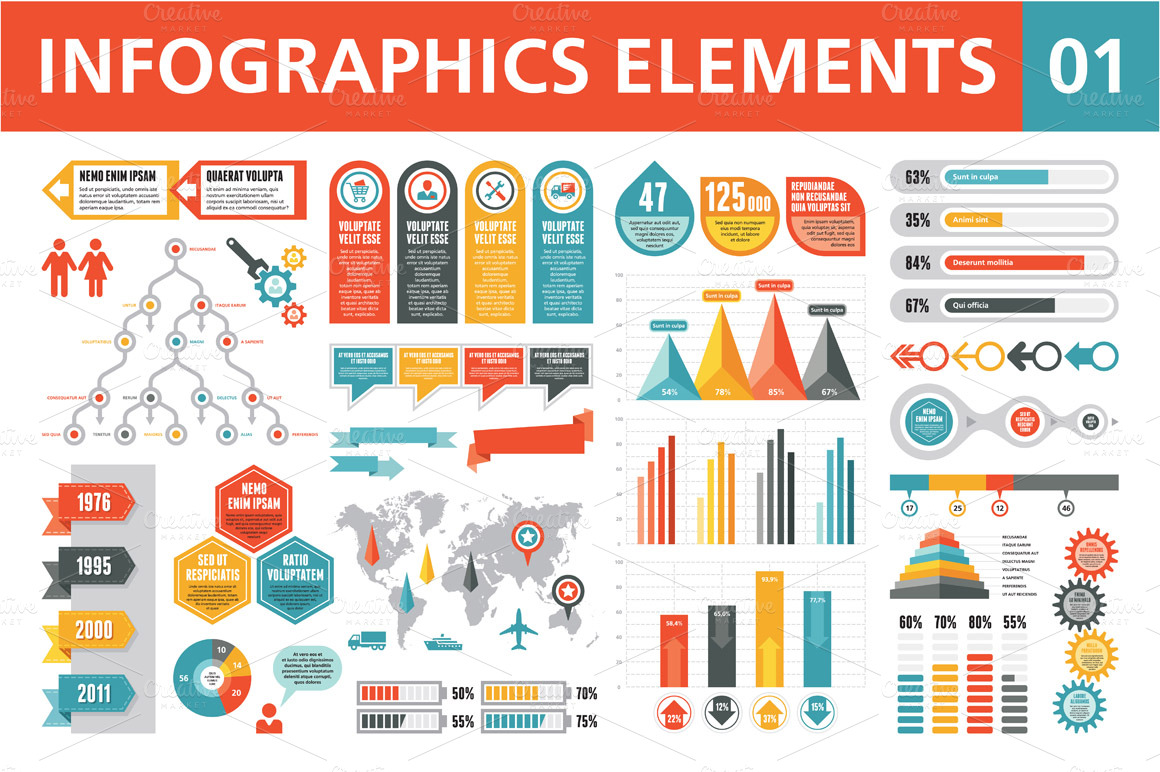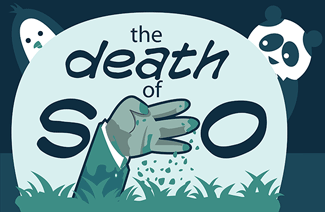Content is still king, and not in the Game of Thrones sense. No one is going to usurp it anytime soon. In fact, content is arguably more valuable than ever before.
- 82% of B2C marketers and 95% of B2B marketers use content marketing. (Kapost)
With Google’s changed algorithms, SEO optimization is dying a slow death and journalistic content is increasing in importance. In a nutshell, that means that the days of outsourcing writing to India and the Phillipines is over. As predicted by Content Marketing Institute and similar industry publications in years past, the rise of content directors and “content newsrooms” is inevitable.
- 78% of CMOs believe custom content is the future of the marketing industry. (Kapost)
Just take a look at The Economist’s subscription history. Despite its fastidiousness to quality journalism, the magazine has only seen subscriptions rise year-over-year in one of the most trying decades ever for publishers. Why? Because readers appreciate quality business content. It’s that simple.
At the same time, content strategy has never been more personalized. Regardless of the size of your company or the scale of your business, there’s a content solution for your vision. You just have to know how to identify and implement it. On that note, most marketers still aren’t sure that they’re doing it right.
- 32% of marketers believe they’re executing an effective strategy. (Kapost)
In other words, the map to the content marketing grail is still waiting to be discovered. No one’s quite figured it out just yet, but we’re all getting a little bit closer.
Here are 10 more ways I think content marketing will change in 2015.
1. Greater Personalization
The rise of marketing automation and A/B split testing solutions dovetails perfectly with the increasing needs of personalized, custom content for different segments. While the wide-open market has led to a huge number of competitors, having options is still better than not having options. Overall, it’s a good sign that the industry will continue its unabated expansion and vibrant self-exploration. And it’s good news for readers, who are being fed way too much “cheap” content by second-rate publishers.
2. Long-form Decreases in Popularity
Despite what many marketers have predicted about “big” content, the above quote by Neil Patel is not true. Short-form is still winning the content wars. As I mentioned in an earlier post this week (The Most Shared Type of Content is…), blog posts (specifically listicles) are still by far the most popular type of content on social media.
That’s not to say that long-form doesn’t have its place in specific, technical industries where white papers are still a thing. It’s just not that great at generating fast, viral engagement. And who’s surprised? Back in 2013, Forrester noted that people around the world have an attention span one second shorter than that of a goldfish (8 seconds, to be exact), and that the number was contracting with each passing year.
3. Long-form Increases in Importance
No, I’m not trying to play tricks on you, promise. What I mean is that long-form as a single content offering is dead. But long-form as a a prefix appetizer, entree, and dessert is not.
Content campaigns should be conceived of and delivered as a single narrative. (After all, what’s the point of having a content calendar if readers don’t notice everything’s supposed to add up?) But like in any good book, the only way to deliver a long narrative is to break it up into digestible chapters.
Somewhat ironically, long-form in short, bite-sized chunks is the best way to do short-form.
4. Mobile Usage Dominates
Look at these numbers. By 2020 mobile usage should completely surpass desktop usage. You can find dozens of stats from different research groups that strongly suggest this. Which means that short, concise content (i.e., short-form) will continue to reign supreme. Especially among the newer generation of digital natives.
5. Visual Media On The Rise
Infographics and smart UX design continue to wow and please (and proliferate wildly). Some doubt that infographics will enjoy their place at the top of the visual hill much longer, as we’re beginning to see a saturation point. But it’s just as easy to argue that in 2015, infographics are practically expected by readers.
if you didn’t know, “gif”ographics are a thing, too. If you haven’t started making them yet, you will soon.
6. Videos Losing Steam?
Here an important distinction needs to be made. Visual media is on the rise, but that’s not to say that videos are particularly hot right now. Sure, videos are popular, but they’re not as popular as the old blog post standby. And since they aren’t — why are we paying so much for them?
According to Hubspot’s report (which I covered in The Most Shared Type of Content is…), videos are not shared as often on social media as listicles and “Why” blog posts.
7. SEO is dying
Okay, maybe that’s a tad sensationalistic. SEO will never die as long as Google relies on spiders crawling through HTML to find search results. But the massive industry that has developed around SEO, and SEO gurus as a species, may soon go the way of the dodo.
Google’s algorithm changes mean that keyword density, backlinks, and other tools have lost their importance in ranking. You can say what you like, but it’s pretty hard to argue that this bodes well for SEO-centric marketing strategies.
8. Good writing is alive and well
But as I mentioned earlier, Google’s ranking changes have ensured the continued creation of good, quality writing. Thank goodness for that. The digital pollution of content mills has been going on for over a decade now, and it’s high time that someone put a stop to it. Give me Economist-level writing over junk any day of the week.
And would I pay more for that level of writing? Absolutely. At this point, it’s crucial that content offerings are not just written on a constant basis, but that they’re thought leadership-worthy. (And you can’t expect anything even approaching that level of writing for less than $0.10/word these days.)
9. Curation is King
The demand for content hasn’t dropped, and the competition is stiffer than ever. This means that reusing content (and curating it in the first place if you aren’t already) becomes incredibly important. It’ll save you a ton of money, and also make you look far more thoughtful than most of the competition.
Updating content instead of just recycling it is also a strategic investment. By filing away your older offerings, you can renew them for yearly use with updated stats and surveys.
10. Consolidation is a Unicorn
Since no one can truly claim to have figured out content marketing yet, the number of solutions will only increase. Consolidation isn’t happening any time soon.
Is that a bad thing? Not in any way. Like I said, the more offerings we have, the more nuanced, strategic, and personalized our content becomes. The end goal is to have an irresistible voice that speaks candidly on urgent topics, and to speak often and well. Sort of like The Economist, when you think about it.



